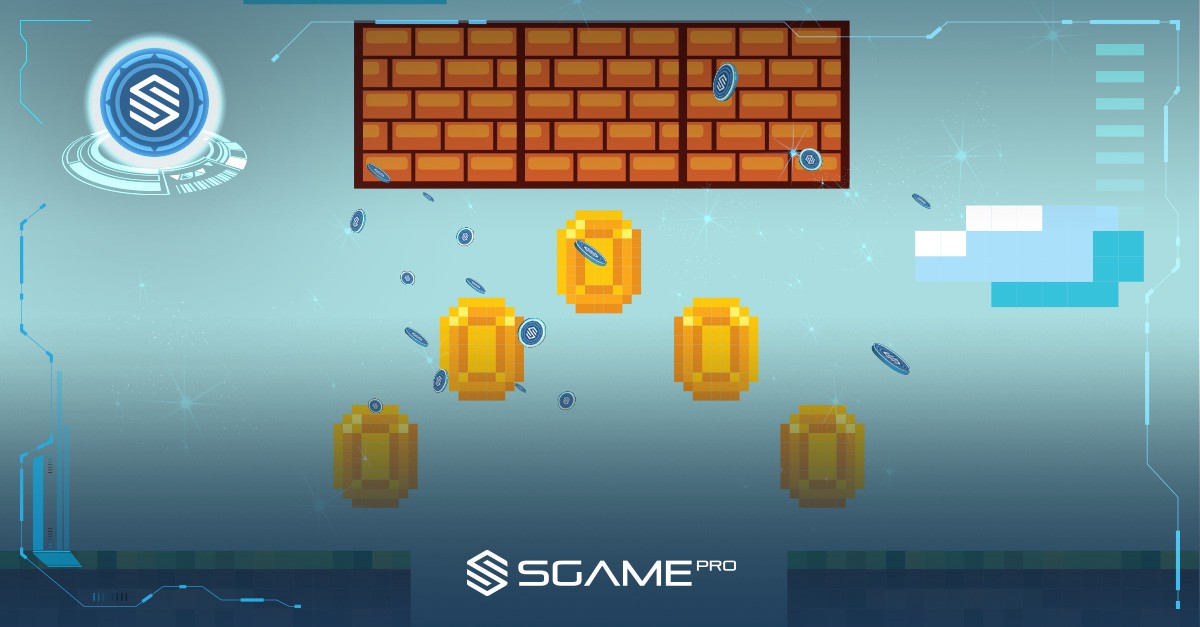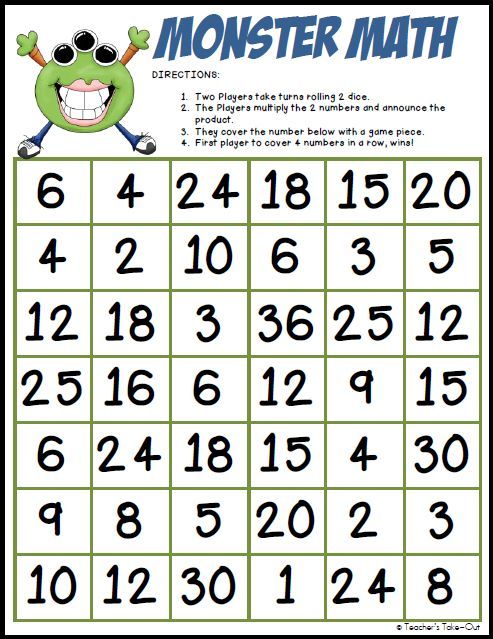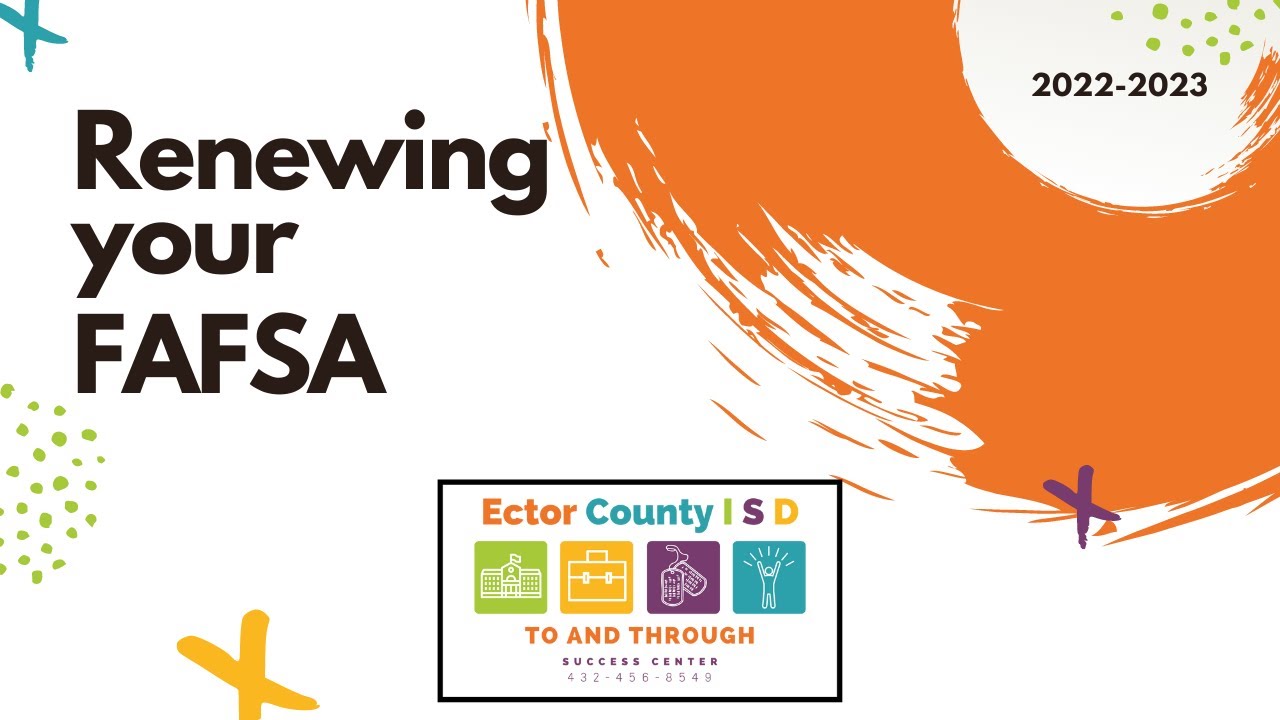
A simple math game for 1st graders is a dice game called "Dice Roll." Students must roll two dice and then calculate the sum of all the numbers. The game's winner is the student with the highest total. To make the game more challenging, students can add additional dice. They can also multiply or check the answers on a virtual board.
Part 1st grade math games include subtraction
Many math games for first grade require students to quickly divide numbers. They can include addition or subtraction. These games help kids to understand why one number might be greater than the other. They come in many formats, including games that use polyhedral dice and stacking math cubes.
Face Off is a fun and engaging game that helps children practice addition/subtraction. Students must subtract and add two dice numbers to win this game.

Multiplayer section for 1st Grade Math Games
Multiplayer is a fantastic way to teach kids a range of math skills. This encourages students to engage with the material, and stimulates their interest in learning. Multiplayer section in 1st Grade Math Game allows children to play online with their friends. Parents can also monitor their children's progress online or offline.
Multiplayer games are a fun way to practice addition and subtraction. The games can be adapted to teach a variety of math concepts, including place value, counting, and identifying shapes.
It's easy to play
It's easy to introduce children to subtraction and addition with simple games. You can teach children how to subtract and add one-digit amounts by matching the pins. They can also practice recognizing the shapes and the associated objects. Many of these games are also available as printable worksheets, which you can give your child to take home and practice.
First graders will love math games that are easy to learn and play. These games can include subtraction and addition games that require students to record the results. These games can also include math cube stacking. This requires students to use polyhedral die and create stacks.

Fun
There are many games you can play that help with subtraction and addition in the first grade. One game lets you practice your math facts by revealing a picture hidden beneath tiles. Another game uses shapes to teach students the difference between odd and even numbers. The instructions are written and the audio supports each step.
Some 1st Grade Math games are as easy as matching objects and decorating cakes. It's possible to include time concepts in your child's math games by asking them to solve equations that guide a glowworm. Children can use equations to guide glow-worms. Your child can also learn the metric system through games.
FAQ
What's the difference between a university and a college?
A university is an institution that offers higher education. It offers postgraduate and undergraduate courses in a variety of fields.
A college is usually smaller than a university and has a lower reputation. While it may offer fewer programs, many colleges have their own specialist departments.
Do you need to go to college to become an early childhood educator?
No, but you might want to consider going to college to prepare yourself for a future career in the field.
It is essential to understand that becoming a teacher takes hard work. Each year, many applicants are rejected from programs. Many people also leave college after only one semester.
To become a teacher, you must also meet certain qualifications.
Is it difficult to become a teacher?
Becoming a teacher requires a major commitment. You will need time to study.
While completing your degree, you can expect to work approximately 40 hours per week.
Additionally, you need to find a job which suits your schedule. Many students have trouble finding part time jobs that balance schoolwork with their lives.
You will likely teach classes once you have been hired as a full time teacher. You may also need to travel between schools each week.
What is a trade school?
Trade schools can be an alternative for those who have not had success in traditional higher education to obtain a degree. These schools offer career-focused programs that prepare students for specific jobs. These programs usually require two years of coursework. Students who enroll in them then move on to a paid apprenticeship program. Here they learn a job skill, and also receive training. Trade schools are vocational schools and technical colleges, as well community colleges, junior colleges, universities, and other institutions. Some trade schools also offer associate degrees.
Statistics
- They are also 25% more likely to graduate from high school and have higher math and reading scores, with fewer behavioral problems,” according to research at the University of Tennessee. (habitatbroward.org)
- Among STEM majors, that number is 83.5 percent. (bostonreview.net)
- In most developed countries, a high proportion of the population (up to 50%) now enters higher education at some time in their lives. (en.wikipedia.org)
- Globally, in 2008, around 89% of children aged six to twelve were enrolled in primary education, and this proportion was rising. (en.wikipedia.org)
- Think of the rhetorical power of nineteenth-century abolitionist Harriet Beecher Stowe, Martin Luther King, Jr., or Occupy Wall Street activists with their rallying cry of “we are the 99 percent.” (bostonreview.net)
External Links
How To
Why homeschool?
There are many factors that you need to consider when deciding whether or not to homeschool.
-
What type of education do you want for your child? Are you looking for academic excellence, or social skills?
-
How involved would you like to be in the education of your child? Is it better to be kept up-to-date about your child's activities? Would you rather keep your child informed?
-
Are your children special? How can you help your child?
-
Will you be able to manage your child's schedule? Will you be able to teach your child every day at home?
-
What subjects will your course cover? Math, science, language arts, art, music, history, geography, etc. ?
-
How much money do your parents have available for education?
-
Is it possible for your child to start school at an early age?
-
Where are you going to put your child? This means finding enough space to accommodate a classroom, and providing sufficient facilities such as bathrooms.
-
What's your child's average age?
-
When does your child go back to sleep?
-
When does he/she wake-up?
-
How long does it take for you to get from A to B?
-
Is your child's primary school close to you?
-
How far is it from your home to your child's school.
-
How will you transport your child to and from school?
-
What are the benefits of homeschooling?
-
What are the drawbacks?
-
Who will supervise your child outdoors?
-
What are your expectations for your child?
-
Which discipline will you choose?
-
What curriculum would you choose?
There are many reasons that people homeschool their children. These are just a few of the reasons why people choose to homeschool their children.
-
Your child has learning difficulties that prevent him/her to attend traditional schools.
-
You wish to offer an alternative education to your child.
-
You desire more flexibility in scheduling.
-
You want to avoid paying high tuition fees.
-
Your child receives a better education than what he/she would get in a traditional school setting.
-
You believe you are better at teaching your child than a teacher in traditional schools.
-
The school system is not what you like.
-
You are uncomfortable with the rules and regulations in the school system.
-
Your child should have a strong work ethic.
-
You want your child to have the freedom of choosing which courses they take.
-
You want to give your child individual attention.
Some other benefits of homeschooling include:
-
It is not necessary to worry about uniforms and books, pencils, pencils, paper, or other supplies.
-
You have the option to customize your child’s education according their interests.
-
Parents can homeschool their children and spend time with them.
-
Homeschooled children tend to learn quicker because they are not distracted from their peers.
-
Homeschoolers are more likely to score higher on standardized testing.
-
Homeschool families tend to be happier overall.
-
Homeschool students are less likely drop out of school.